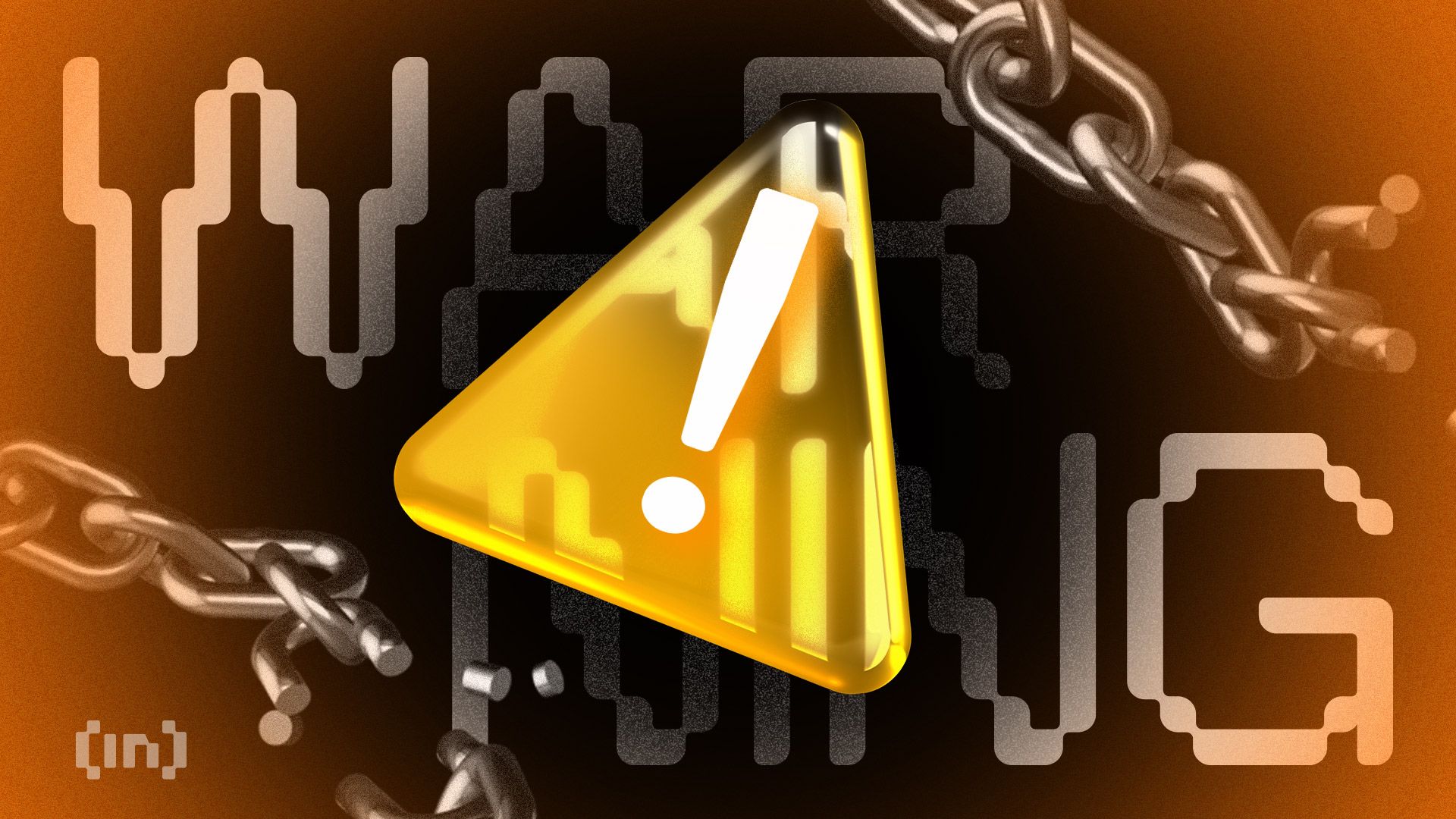
The future of Bitcoin and other cryptocurrencies may soon face a major turning point as quantum computing advances at a rapid pace. Experts have raised the alarm, suggesting that Bitcoin’s encryption could become vulnerable by as early as March 2028. This development has profound implications for individuals who rely on the blockchain for financial freedom and the overall stability of the cryptocurrency market.
What Is the Quantum Computing Threat?
Quantum computers operate at speeds far beyond that of traditional machines, enabling them to solve complex problems, including breaking modern cryptographic encryption protocols. According to the Quantum Doomsday Clock project, certain quantum computers need just over two years to achieve the processing power capable of compromising Bitcoin’s security. Current estimates suggest that breaking encryption protocols like RSA-2048 requires 2,314 logical qubits, while ECC-256 demands even fewer: 1,673 logical qubits.
Researchers warn that continued advancements in quantum error correction and qubit growth could further accelerate this timeline. If left unaddressed, cryptographic attacks could threaten blockchain-based platforms, decentralized finance (DeFi) systems, and tokenization protocols within hours or days of the milestone being reached.
Why Bitcoin Needs to Transition to Quantum-Safe Protocols
The current cryptographic standards used by Bitcoin, such as the elliptic curve digital signature algorithm (ECDSA), are particularly susceptible to quantum attacks. P2PKH Bitcoin wallets that rely on unused public keys for transactions might offer a minor delay in vulnerability. However, continuing with these cryptographic methods poses serious risks down the line.
Recognizing the urgency of the situation, tech companies like BTQ Technologies have already begun developing quantum-safe protocols for Bitcoin. Their breakthrough project, Bitcoin Quantum Core 0.2, replaces Bitcoin’s current ECDSA signatures with ML-DSA, a NIST-approved post-quantum cryptographic algorithm. This innovation could protect Bitcoin’s $2 trillion market valuation from future quantum attacks.
Expert Warnings and Industry Insights
Prominent figures in the technology and cryptocurrency space continue to stress the importance of addressing the quantum threat. IBM’s Starling project, for instance, aims to produce a fault-tolerant quantum computer by 2029, putting Bitcoin’s encryption at risk. David Carvalho, CEO of Naoris Protocol, and Solana co-founder Anatoly Yakovenko have both echoed the urgency of transitioning to quantum-resistant cryptography within a 2–5 year window.
Failing to act in time could have catastrophic consequences not only for Bitcoin, but for blockchain technologies as a whole. The effort now lies in uniting the global Bitcoin community to collaborate on migrating to quantum-safe solutions before vulnerabilities are exploited.
How Can You Protect Your Digital Assets?
As a proactive user of cryptocurrencies, staying informed about advancements in quantum-resistant technology is key. Additionally, choosing services and wallets that prioritize security is more critical than ever. For example, the Ledger Nano X Hardware Wallet offers best-in-class security for managing your digital assets. Its advanced encryption ensures your holdings remain safe from emerging threats.
Governments, financial institutions, and tech organizations must also take strategic action to accelerate the adoption of quantum-resistant infrastructure. The stakes are higher than ever, but with innovation and collaboration, the blockchain ecosystem can remain secure.
The Road Ahead for Bitcoin
The countdown to quantum supremacy is not a matter of if, but when. Blockchain developers, researchers, and businesses must prioritize the development of secure, future-proof protocols to protect the privacy and financial freedom tied to cryptocurrencies. The global economy increasingly intersects with blockchain technologies, making the transition to quantum-safe cryptography not just a necessity, but an urgent demand of the times.



